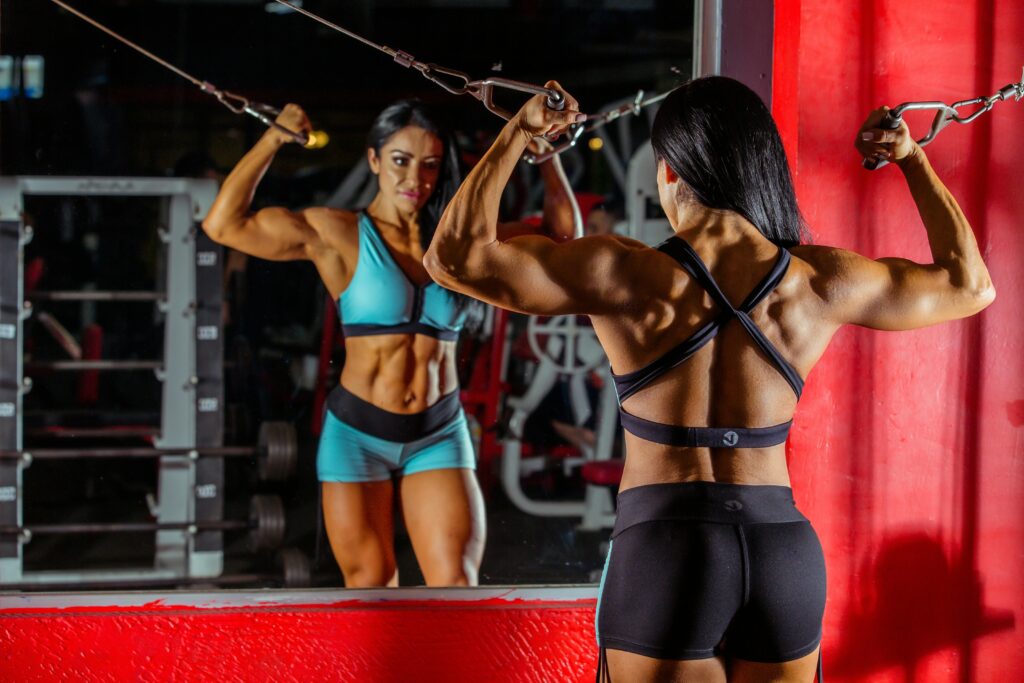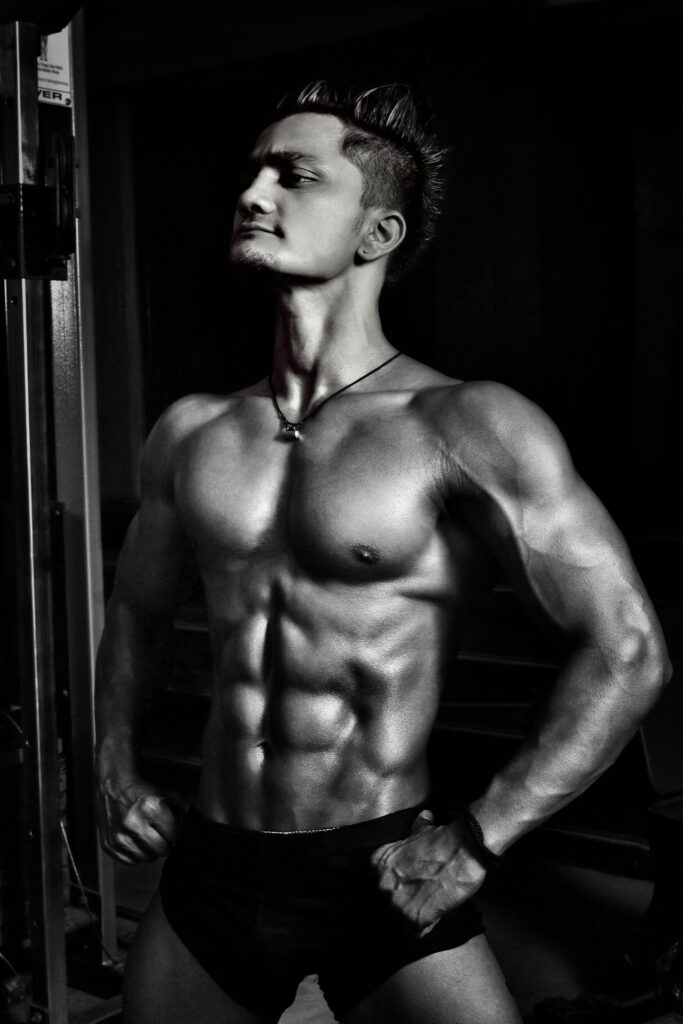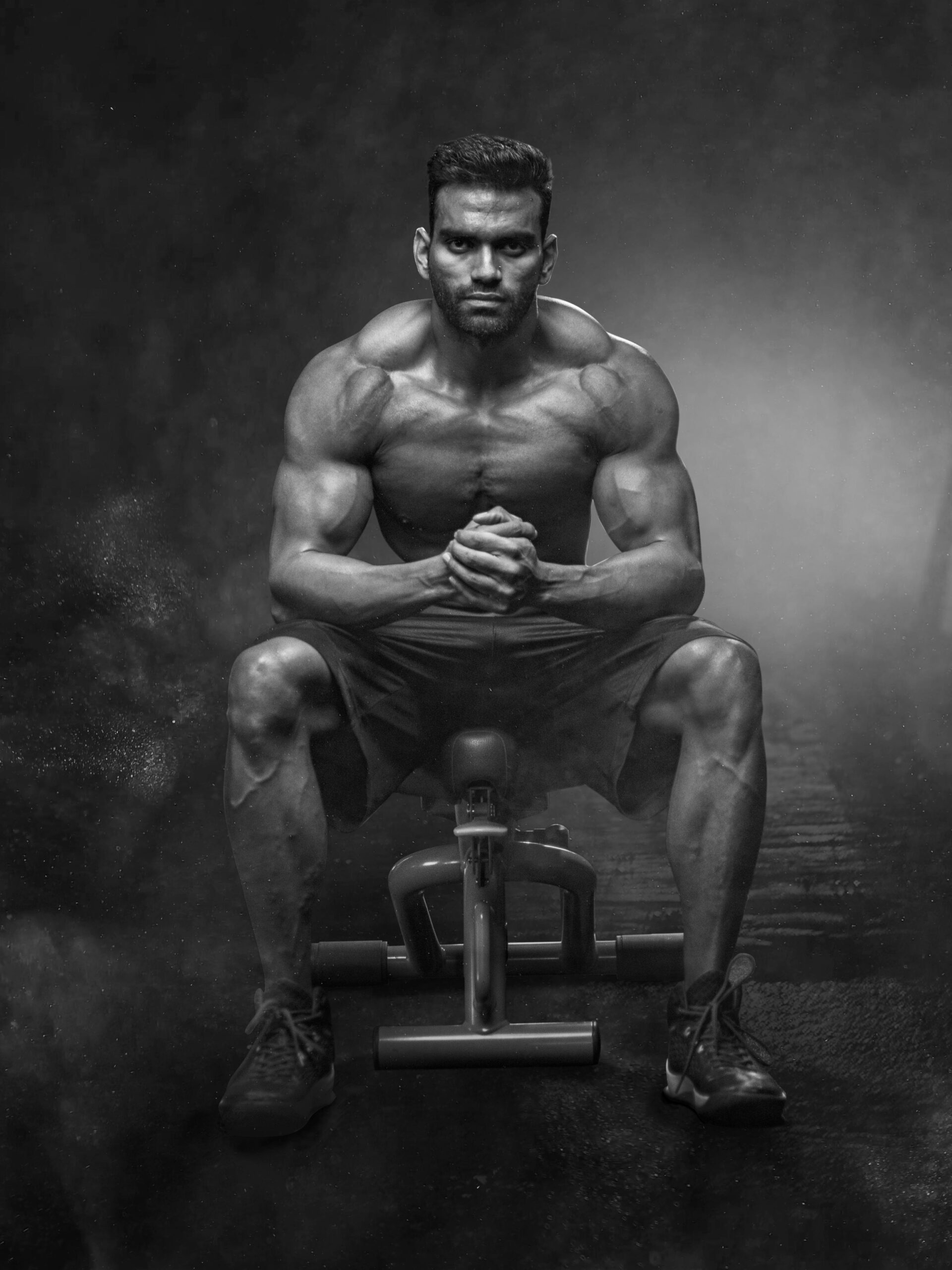In the quest to achieve an aesthetic physique, it’s all about balance, symmetry, and proportion. You want to create a harmonious look where every muscle flows into the next, without any one part overshadowing another. It’s not just about size; it’s about crafting a physique that looks good from every angle, with a clean, defined waist, well-developed shoulders, and legs that show power and elegance. Achieving this involves a combination of dedicated workouts, proper nutrition, and a keen eye for detail, ensuring that every muscle group gets the attention it deserves. Have you ever wondered what defines an aesthetic physique?
Whether you’re a gym enthusiast or someone looking to enhance your physical appearance, understanding what contributes to an aesthetic physique can be both enlightening and motivational. It’s not just about bulging muscles or achieving a six-pack; it’s a blend of various attributes that create a balanced and visually pleasing body.
What Defines An Aesthetic Physique?
What Is An Aesthetic Physique?
An aesthetic physique isn’t solely about having large muscles; it’s about having a harmonious, proportional, and visually appealing body. Think of it as the combination of muscle definition, body symmetry, and a low body fat percentage. This ideal is often depicted in fitness magazines, social media, and the world of bodybuilding.
Symmetry and Proportion
Symmetry and proportion are key elements in defining an aesthetic physique. Symmetry involves having equal muscle size and shape on both sides of the body, while proportion refers to having balanced muscle groups that complement each other.
Key Points for Symmetry and Proportion:
- Balance: Ensure that your workout routine includes exercises for all muscle groups. Neglecting certain areas can lead to imbalances and might detract from your overall physique.
- Measurements: Tracking your body measurements can help in achieving symmetry. Focus on equalizing the measurements between corresponding muscles on both sides of your body.
Muscle Definition
Muscle definition is the visibility of your muscles, which is often achieved by having a lower body fat percentage. This gives you that ripped, chiseled look where the muscles are clearly visible.
Approaching Muscle Definition:
- Dieting: A crucial component to muscle definition is a proper diet. Consuming the right amount of protein, carbohydrates, and fats is essential.
- Cardio: Cardiovascular exercises can help reduce body fat and enhance muscle definition.
- Strength Training: Consistent strength training is necessary not only to build muscle but also to maintain muscle mass while cutting fat.
V-Taper
A V-taper is a desirable physical trait that’s often associated with an aesthetic physique. This involves having broad shoulders and a small waist, creating a V-shaped upper body that is particularly striking.
Achieving a V-Taper:
- Shoulder Workouts: Engage in exercises that build the deltoids and widen the shoulders.
- Lat Workouts: Incorporate lat exercises to expand the width of your back.
- Core Exercises: Focus on core exercises to tighten and slim down your waist.
Low Body Fat Percentage
An essential component of an aesthetic physique is a low body fat percentage. This not only emphasizes muscle definition but also enhances overall body appearance.
Managing Body Fat:
- Nutrition: Maintain a diet that supports fat loss while preserving muscle mass.
- Consistent Exercise: Both strength training and cardio are necessary for reducing body fat percentage.
- Lifestyle Choices: Proper sleep, stress management, and hydration play significant roles in maintaining low body fat levels.
Overall Muscle Mass
While symmetry, proportion, and low body fat are important, having a significant amount of muscle mass adds to the overall visual appeal. This doesn’t mean you need to look like a bodybuilder, but having well-developed muscle groups makes a big difference.
Building Muscle Mass:
- Progressive Overload: Gradually increase the weights and intensity of your workouts.
- Protein Intake: Ensure that your diet provides adequate protein for muscle repair and growth.
- Recovery: Allow your muscles enough time to recover and grow by getting sufficient rest and sleep.
Aesthetic Physique vs. Muscular Physique
It’s essential to distinguish between an aesthetic physique and a purely muscular physique. An aesthetic physique focuses more on harmony, symmetry, and proportion, rather than just size.
Comparison Table:
| Aspect | Aesthetic Physique | Muscular Physique |
|---|---|---|
| Focus | Symmetry, proportion, and definition | Size and muscle volume |
| Body Fat Percentage | Lower to highlight definition | May vary depending on the phase (bulking or cutting) |
| Training Style | A mix of isolation and compound exercises | Heavy lifting with a focus on compound lifts |
| Diet | Balanced, with a focus on leanness | High calorie for bulking, controlled for cutting |
Key Components to Achieve an Aesthetic Physique
Nutrition for Aesthetic Physique
Your diet plays a significant role in defining your physique. Consuming the right types of foods in proper proportions can help you build muscle while keeping body fat low.
Effective Diet Tips:
- Macronutrients: Focus on a balanced intake of protein, carbohydrates, and fats.
- Protein Sources: Lean meats, fish, eggs, dairy, legumes, and plant-based proteins.
- Carbohydrates: Opt for complex carbs like oats, sweet potatoes, and brown rice.
- Healthy Fats: Include sources like avocados, nuts, seeds, and olive oil.
- Hydration: Drink plenty of water to stay hydrated.
Training Regimen
A well-rounded training regimen includes a mix of compound and isolation exercises, targeting all muscle groups to ensure symmetry and proportion.
Training Tips:
- Compound Exercises: Include squats, deadlifts, bench press, and overhead press.
- Isolation Exercises: Add bicep curls, tricep extensions, and lateral raises to hone specific muscles.
- Consistency: Adhere to a regular training schedule with progressive overload.
- Rest Days: Allow adequate rest to prevent overtraining and support recovery.
Cardio for Fat Loss
Cardio is a significant aspect of reducing body fat and enhancing muscle definition. Incorporate both steady-state and high-intensity interval training (HIIT).
Cardio Strategies:
- Steady-State Cardio: Activities like jogging, cycling, or rowing at a consistent pace.
- HIIT: Short bursts of intense exercise followed by rest periods.
- Frequency: Aim for at least 3-5 cardio sessions per week, depending on your goals.
Supplementation
While a balanced diet is fundamental, supplements can help fill nutritional gaps and support your training efforts.
Common Supplements:
- Protein Powder: Ideal for meeting your protein requirements.
- Creatine: Supports muscle growth and improves exercise performance.
- BCAAs: Helps in muscle recovery and reduces muscle soreness.
- Multivitamins: Ensure that you’re getting all the essential nutrients needed for overall health.
Lifestyle Factors
Several lifestyle factors can affect your progress towards achieving an aesthetic physique.
Essential Lifestyle Adjustments:
- Sleep: Aim for 7-9 hours of quality sleep per night.
- Stress Management: Practice stress-relieving activities like meditation, yoga, or hobbies.
- Hydration: Maintain adequate water intake throughout the day.
- Consistency: Stay consistent with your diet and workout routines.

The Role of Genetics
While much of building an aesthetic physique is within your control, genetics also play a role. Your genetic makeup can influence muscle symmetry, body fat distribution, and potential muscle size.
Understanding Genetic Influence:
- Muscle Insertions: These are genetic and determine the shape and length of your muscles.
- Hormonal Levels: Testosterone and other hormone levels can affect muscle building.
- Body Type: Ectomorphs, mesomorphs, and endomorphs all have different propensities towards muscle gain and fat loss.
Practical Tips and Tricks
Consistency is Key
Adhering to your diet and training plan consistently over time will lead to the best results. It’s not about quick fixes but about sustainable long-term habits.
Track Your Progress
Use progress photos, measurements, and workout logs to track your improvement. This can help you stay motivated and make necessary adjustments.
Progress Tracking Table:
| Metric | Start Date | 3 Months | 6 Months | 9 Months | 12 Months |
|---|---|---|---|---|---|
| Weight | |||||
| Chest | |||||
| Waist | |||||
| Thighs | |||||
| Arms |
Stay Educated
Keep researching and learning about fitness, nutrition, and training techniques. Staying informed can help you optimize your routine and adapt to new findings.
Stay Motivated
Find ways to keep your motivation high, whether it’s through setting goals, finding a workout buddy, or following fitness icons who inspire you.
Recovery and Rest
Never underestimate the importance of recovery and rest in your fitness journey. Overtraining can lead to injuries and hinder your progress.
Recovery Tips:
- Sleep: Ensure adequate sleep for muscle repair.
- Active Recovery: Engage in light activities like walking or stretching on rest days.
- Listen to Your Body: Take breaks if you feel excessive fatigue or pain.

Common Mistakes to Avoid
Neglecting Certain Muscle Groups
Avoid focusing solely on ‘mirror muscles’ like biceps and chest. Ensure a well-rounded training plan that hits all muscle groups.
Poor Diet Choices
No amount of exercise can out-train a bad diet. Make smart nutrition choices to support your aesthetic goals.
Inconsistent Effort
Inconsistency can drastically slow down your progress. Ensure you’re sticking to your routine and making sustainable lifestyle changes.
Ignoring Rest and Recovery
Overtraining can lead to injuries and burnout. Make sure to prioritise rest days and recovery.
Conclusion
Developing an aesthetic physique is a blend of science, art, and dedication. It involves understanding the harmony between muscle size, symmetry, definition, and proportion. While genetics play a role, the majority of the outcome rests in your hands—through disciplined training, balanced nutrition, and a consistent lifestyle. Stay committed, stay informed, and most importantly, enjoy the journey towards your aesthetic goals.



